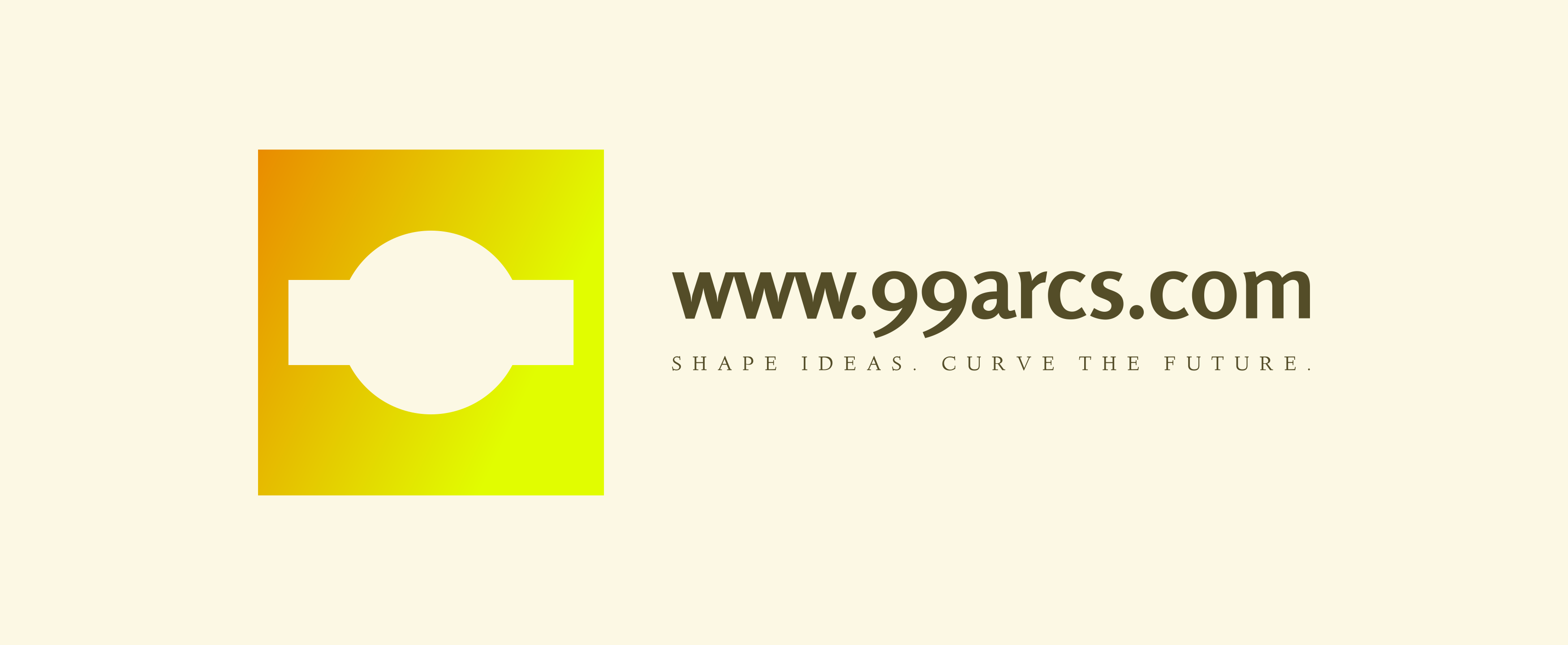Exploring The Future of UI: Biophilic and Geometric Synergy for Enhanced User Experience

As technology evolves, so does our relationship with design. The future of user interfaces (UI) is shaping up to be a fascinating blend of biophilic elements and geometric precision. I’ve noticed how incorporating natural elements into digital spaces not only enhances aesthetics but also fosters a sense of well-being. This synergy between nature-inspired designs and structured geometry creates a unique user experience that resonates on multiple levels.
Imagine navigating a digital landscape that feels as organic as it is functional. By merging these two design philosophies, we can create interfaces that are not only visually appealing but also intuitively engaging. In this article, I’ll explore how this innovative approach can redefine user interactions and set the stage for a more harmonious digital future.
The Future of UI: Biophilic and Geometric Synergy
The future of user interface design centers on the synergy between biophilic elements and geometric forms. Incorporating natural inspirations enhances visual appeal and fosters user well-being through a seamless interaction with technology. Biophilic design principles include organic shapes, natural colors, and textures that evoke tranquility. Geometric precision complements these elements, creating an ordered, functional layout that facilitates ease of use.
Key Concepts in Biophilic Design
Natural Elements: Integrating plants, water features, and sunlight into the UI stimulates a connection with nature.
Organic Shapes: Employing curves and fluid lines mimics natural forms, making interfaces feel more accessible.
Color Palettes: Utilizing greens, blues, and earth tones provides a calming effect, promoting a healthier user experience.
Significance of Geometric Precision
Structured Layouts: Clear grids and well-defined sections enhance usability and navigation.
Visual Balance: Implementing symmetry and repetition in design creates visually pleasing and harmonious interfaces.
Data Visualization: Using geometric shapes in charts and graphs aids in comprehending complex information efficiently.
Blending the Two Approaches
The integration of biophilic design with geometric elements paves the way for innovative interfaces that prioritize aesthetics and functionality. This harmonious combination not only transforms user engagement but also cultivates environments conducive to creativity and productivity.
Balancing the organic with the structured leads to an enriched user experience. Users interact with interfaces that feel both familiar and novel, promoting deeper levels of engagement. Designers can leverage these principles to shape the digital landscapes of the future, with a focus on balanced and inclusive experiences.
Understanding Biophilic Design
Biophilic design connects users with nature, integrating natural elements into the interface. This approach enhances the user experience and promotes well-being.
Key Principles of Biophilia
Natural Elements: Incorporating features like plants, water, and sunlight creates an organic aesthetic.
Organic Shapes: Using curves and forms that mimic nature fosters a sense of comfort and familiarity.
Calming Color Palettes: Utilizing greens, blues, and earth tones enhances relaxation and reduces stress.
Natural Light: Maximizing daylight through design optimizes mood and alertness.
Transitional Space: Employing open designs that connect indoor and outdoor environments encourages exploration.
Benefits of Biophilic Design in UI
Enhanced User Engagement: Natural components capture attention and foster a deeper connection.
Improved Well-Being: Immersing users in nature-inspired elements reduces anxiety and increases satisfaction.
Boosted Creativity: A connection to the natural world stimulates creative thinking and problem-solving.
Greater Usability: Intuitive designs based on natural patterns align with user behavior and expectations.
Sustainable Practices: Biophilic design often reflects eco-friendly values, enhancing brand reputation and user trust.
By understanding biophilic design, I can architect user interfaces that effectively combine natural inspirations with geometric precision, ultimately leading to innovative digital experiences.
The Role of Geometric Design in UI
Geometric design plays a crucial role in user interface development, blending structure and functionality. This approach enhances visual navigation while maintaining a sense of order and clarity.
Characteristics of Geometric Design
Symmetry: Symmetry provides balance and a clean aesthetic, making interfaces visually appealing and easy to navigate.
Repetition: Repetition of shapes and patterns creates a recognizable flow, reinforcing content hierarchy and guiding the user's attention.
Grid Systems: Grid systems organize elements logically, ensuring consistency in layout and enhancing usability across various devices.
Clear Lines: Clear lines define boundaries within the interface, helping users quickly identify different sections and actions.
Simple Shapes: Simple shapes eliminate unnecessary complexity, promoting straightforward user interactions and reducing cognitive load.
Impact of Geometric Patterns on User Experience
Enhanced Usability: Geometric patterns streamline navigation, allowing users to locate information quickly and efficiently.
Visual Hierarchy: Strong geometric elements help establish a clear visual hierarchy, directing users’ focus to essential features and content.
Aesthetic Appeal: Aesthetically engaging UI draws users in, fostering prolonged interaction and increased satisfaction.
Cognitive Clarity: Users experience less cognitive overload with straightforward geometric layouts, improving their overall experience.
Adaptability: Geometric designs adapt seamlessly to various screen sizes, ensuring a consistent experience across devices and platforms.
Integrating Biophilic and Geometric Elements
Integrating biophilic and geometric elements creates a dynamic user interface that resonates with users while ensuring functionality. This approach enhances both aesthetics and usability, leading to impactful designs.
Case Studies of Successful Integrations
Airbnb: Airbnb utilizes natural imagery and organic shapes throughout its platform. The company incorporates vibrant landscapes to evoke a sense of adventure while using geometric grid layouts for clarity and ease of navigation.
Nest: Nest blends sleek geometric designs with organic motifs in its thermostat interface. The use of color gradients mimics natural light transitions, promoting user comfort and ease of understanding.
Microsoft’s Windows 11: This operating system harmonizes biophilic aspects with geometric shapes. Rounded corners and soft shadows mimic natural forms while maintaining a structured layout, leading to an inviting user experience.
Tools and Techniques for Implementation
Mood Boards: Create mood boards that showcase natural imagery and geometric patterns. Include elements like textures, colors, and shapes to guide design decisions.
Prototyping Software: Use tools like Figma or Sketch for rapid prototyping. These platforms enable the integration of both styles by allowing users to manipulate shapes and apply biophilic graphics easily.
Color Theory: Apply calming color palettes influenced by nature, such as greens and blues. Use these colors strategically to enhance geometric elements, ensuring a seamless blend of both design aspects.
Grid Systems: Implement grid systems for layout consistency. Utilize modular grids that accommodate diverse content types while ensuring structure aligns with organic flow.
User Testing: Conduct user testing to gather feedback on designs before final implementation. Prioritize testing reactions to biophilic elements combined with geometric layouts to optimize user experience effectively.
Responsive Design Principles: Ensure designs adapt to various screen sizes, maintaining the harmony between biophilic and geometric elements across devices. This responsiveness enhances accessibility and user satisfaction.
Trends Shaping the Future of UI
The future of user interfaces is shaped by innovative trends that blend technology with design principles. The integration of biophilic and geometric aesthetics stands out as a game-changer for enhancing user experience.
Advances in Technology and Design
Advancements in technology drive UI innovations. Tools like augmented reality (AR) and virtual reality (VR) enable immersive experiences that bridge the gap between the physical and digital worlds. Responsive design techniques ensure seamless functionality across devices, while machine learning algorithms personalize user interactions by adapting interfaces based on behavior. Additionally, the rise of voice-user interfaces (VUIs) transforms how users engage with technology, incorporating natural language processing to facilitate more intuitive communication. As I explore these technological advancements, I recognize their potential to redefine usability and connectivity in UI.
Predictions for UI Evolution
Predictions for UI evolution highlight a continued focus on user-centric design. Enhanced biophilic elements will become more prevalent, creating interfaces that resonate with the natural environment. Geometric patterns will further refine layouts, improving navigation and clarity. The integration of biometric authentication methods, such as facial recognition and fingerprint scanning, will enhance security while simplifying access. I foresee an increased emphasis on sustainability, where UI designs promote environmental consciousness through resource-efficient practices. The synergy of biophilic and geometric design principles positions the future of UI as not only aesthetically pleasing but also inherently functional and engaging for users.
Conclusion
The future of UI design is bright with the integration of biophilic and geometric elements. This synergy not only enhances aesthetics but also promotes a deeper connection between users and their digital environments. As I explore these innovative approaches, I see a pathway toward interfaces that are not just functional but also nurturing and inspiring.
By embracing natural inspirations alongside structured designs, we can create user experiences that resonate on multiple levels. The ongoing advancements in technology will only amplify these trends, leading us to a more harmonious digital landscape. I’m excited to witness how these principles will shape the way we interact with technology in the years to come.
